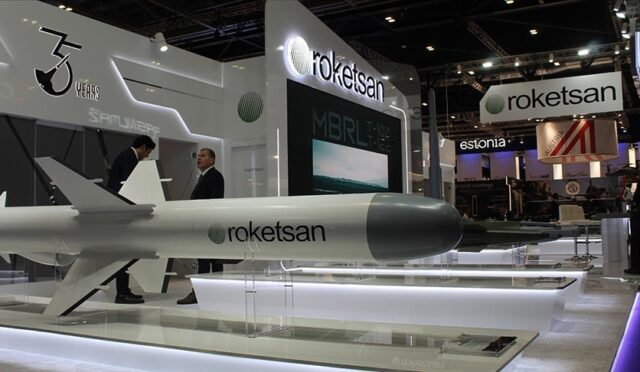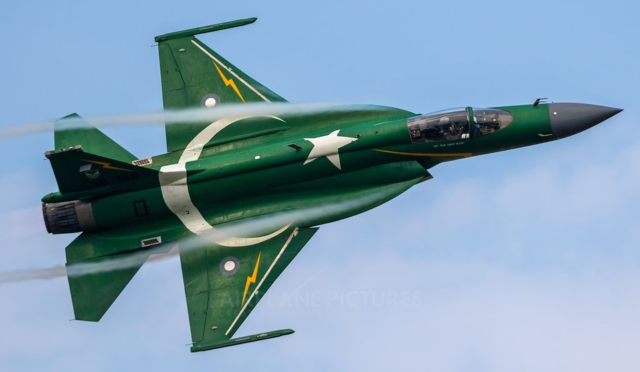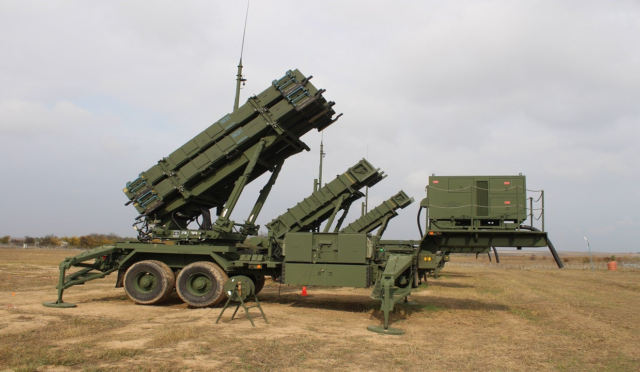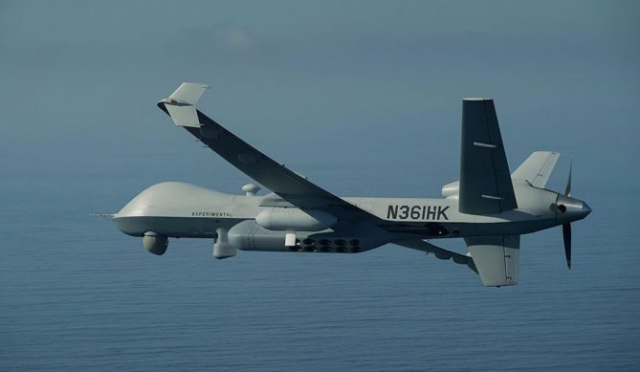In a significant piece by Newsweek, Turkey’s indigenous aircraft carrier program is described not merely as a technical upgrade but a strategic transformation. The carrier, currently under construction, is the visible manifestation of Ankara’s push to redefine its place within NATO: no longer a periphery actor, but a power projecting influence independently, while still anchored in the alliance.
“Turkey is carving a strategic identity of its own within the NATO alliance.”
This sentence isn’t just commentary — it’s a strategic verdict. Turkey, facing a volatile geopolitical landscape stretching from the Black Sea to the Eastern Mediterranean, is no longer content with passive roles.
The Vessel Should Carry up to 50 Aircraft, Including Bayraktar TB3, ANKA-3, HÜRJET, and KIZILELMA

Unlike traditional NATO carriers equipped with American aircraft, Turkey’s ship will carry a fully indigenous air fleet. Newsweek highlights how this is not only a technological feat but a statement of autonomy in defense manufacturing.
This includes next-gen manned and unmanned aircraft:
- Bayraktar TB3: Naval UAV
- ANKA‑3: Jet-powered stealth UCAV
- HÜRJET: Advanced trainer and light combat aircraft
- KIZILELMA: Supersonic, AI-capable UCAV
Such a configuration enables Turkey to deploy air power without dependency on Western jet exports, particularly after its removal from the F-35 program.
About 285 Meters Long and 72 Meters Wide … Should Displace Around 60,000 Tons

The vessel’s specifications, as reported by Newsweek, place it firmly in the category of a full-sized aircraft carrier — not just a helicopter landing dock. This represents a generational leap from the current TCG Anadolu platform.
The carrier, currently unofficially dubbed “Rumeli”, will measure approximately 285 meters in length and 72 meters in beam, with a displacement of 60,000 tons. It will include:
- STOBAR flight deck with two runways
- Full-length landing strip
- 50-aircraft capacity
These features allow Turkey to operate fixed-wing aircraft at sea — a capability only a handful of countries possess.
This Is Not Just an Upgraded LHD — It’s a Leap Toward Sovereign Carrier Warfare

Newsweek emphasizes the conceptual shift: this isn’t a modified landing ship, it’s a full strategic platform. Unlike TCG Anadolu, which was adapted to operate drones after Turkey lost access to the F-35, this new carrier is designed from scratch to meet Turkey’s specific doctrinal needs.
“This is not just an upgraded LHD — it’s a leap toward sovereign carrier warfare.”
This shift puts Turkey in the same conversation as India, China, France, and the UK — countries capable of building and deploying combat-ready naval aviation platforms.
National Aircraft Carrier Project (MUGEM) Under Turkish Design Leadership

The project — officially titled MUGEM (Milli Uçak Gemisi) — is being led entirely by Turkish institutions:
- Turkish Naval Forces Design Project Office
- Presidency of Defence Industries (SSB)
- Istanbul Naval Shipyard (construction began on January 2, 2025)
Every component — from propulsion to combat systems, radar to flight deck — is being developed under a domestic vision. No foreign blueprints. No imported architecture.
This is more than a ship — it is a national declaration of defense independence.
Key Technical Specifications at a Glance
| Feature | Specification |
|---|---|
| Length & Width | 285 meters × 72 meters |
| Displacement | ~60,000 tons |
| Aircraft Capacity | Up to 50 (including UAVs and jet aircraft) |
| Flight Deck Configuration | STOBAR: Two runways and full landing strip |
| Indigenous Air Systems | Bayraktar TB3, ANKA-3, HÜRJET, KIZILELMA |
| Start of Construction | January 2, 2025, Istanbul Naval Shipyard |
| Project Name | MUGEM (National Aircraft Carrier Project) |
Newsweek’s in-depth report doesn’t merely list specs — it signals a shift in how Turkey is perceived by its allies. With this carrier, Ankara moves from being a regional actor to a strategic stakeholder — not just following NATO’s lead, but helping to shape its future.
“Turkey is carving a strategic identity of its own within the NATO alliance.”
And this aircraft carrier is its most visible signature yet.







